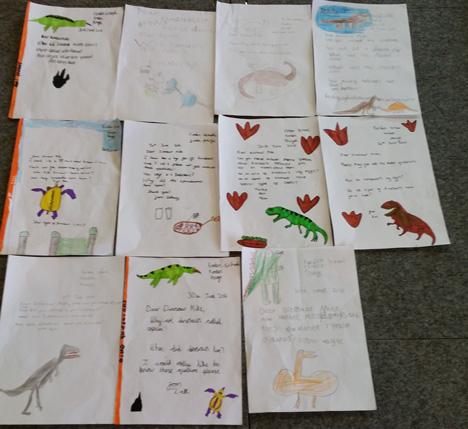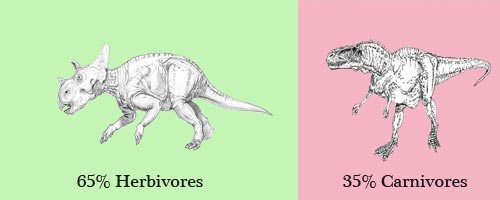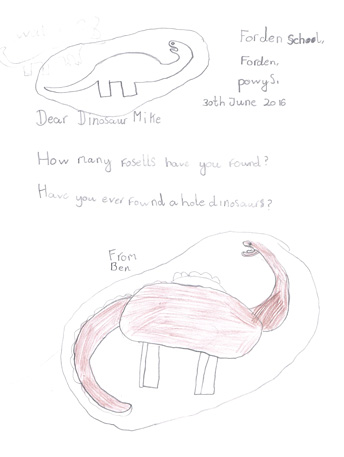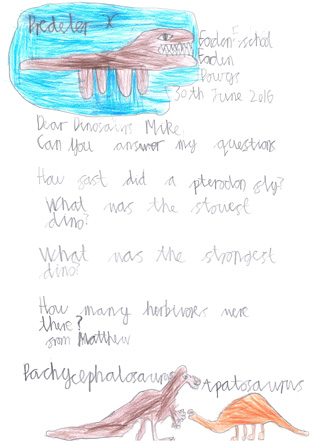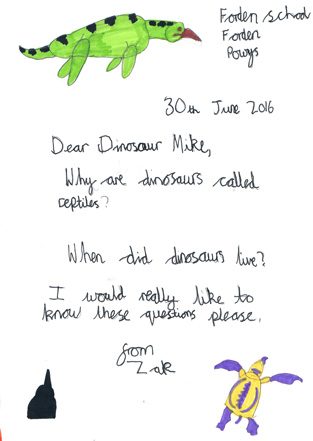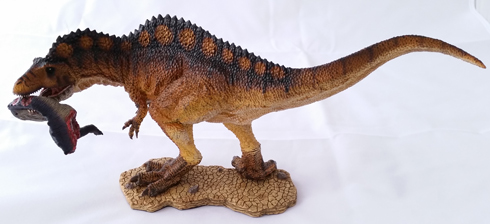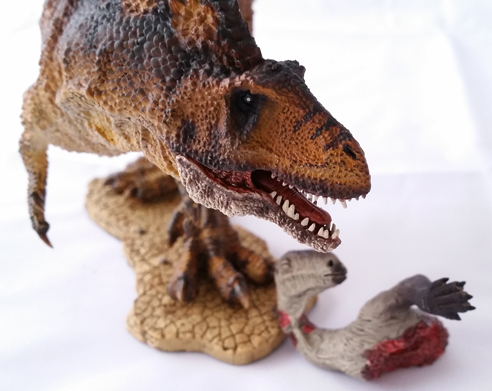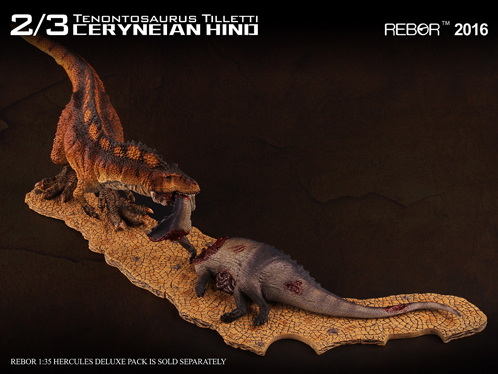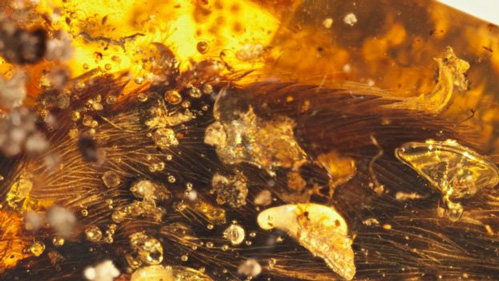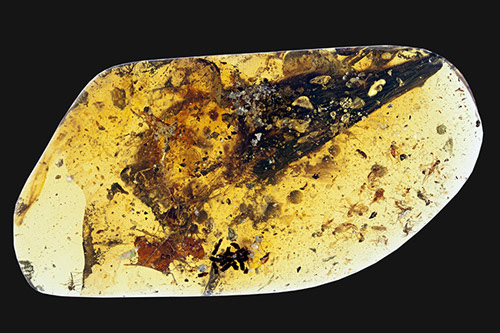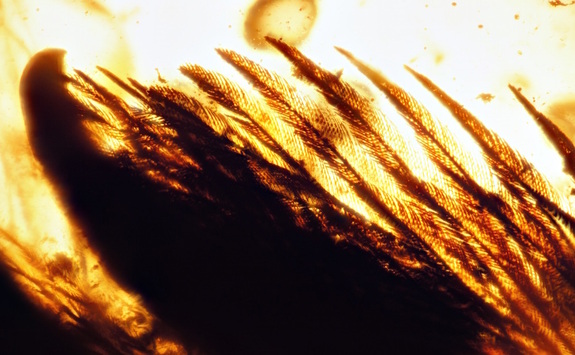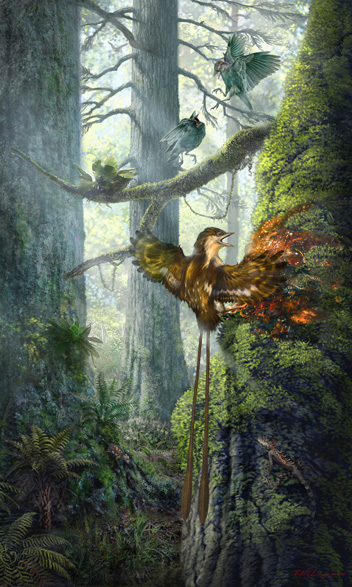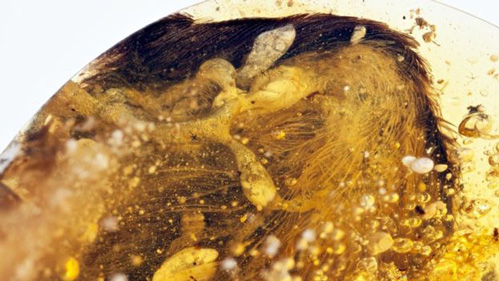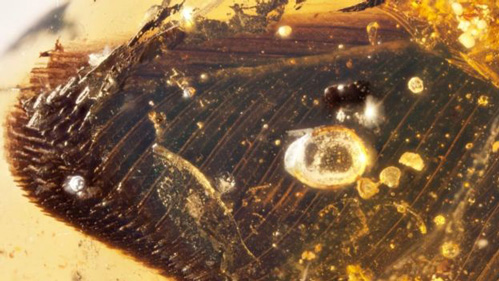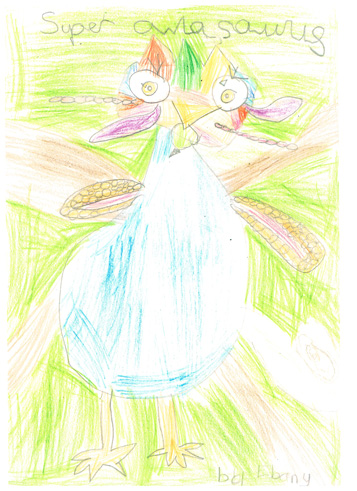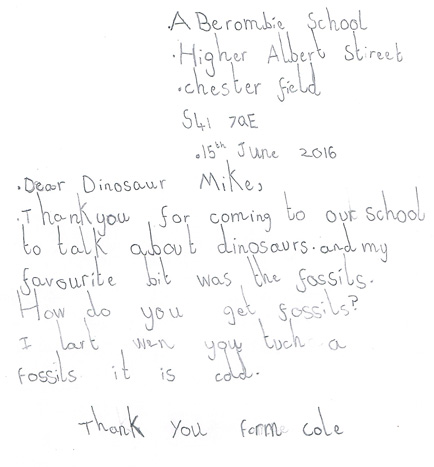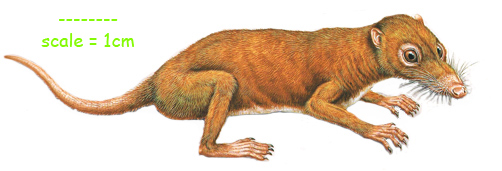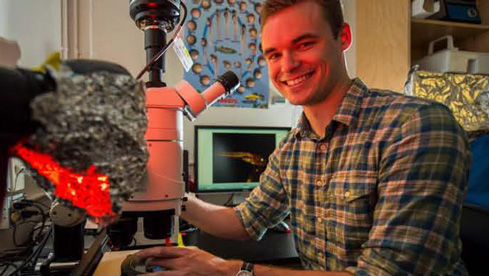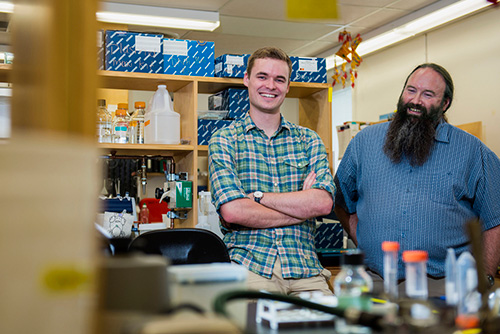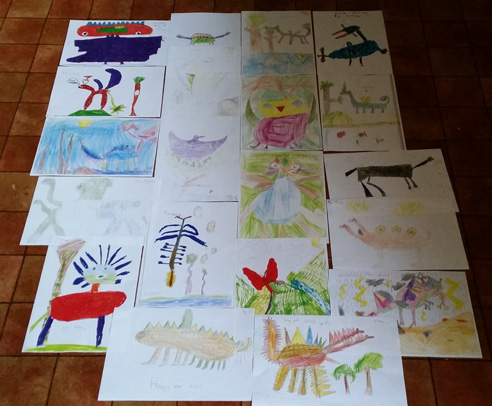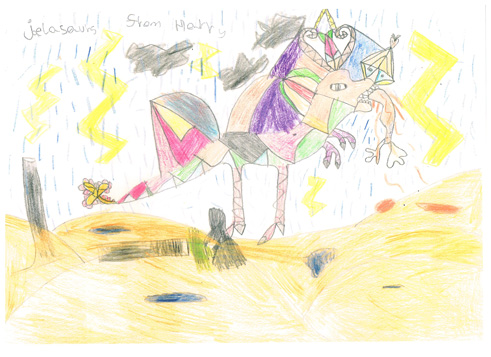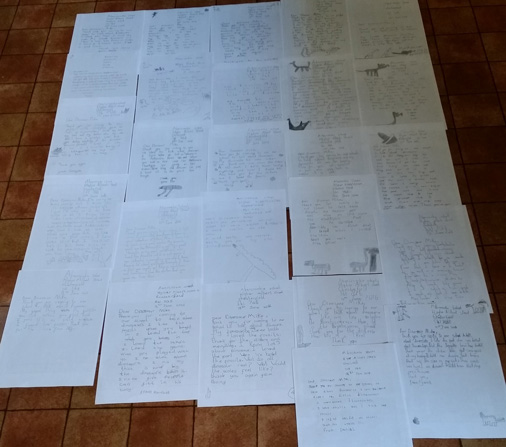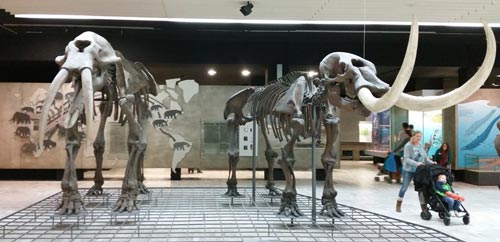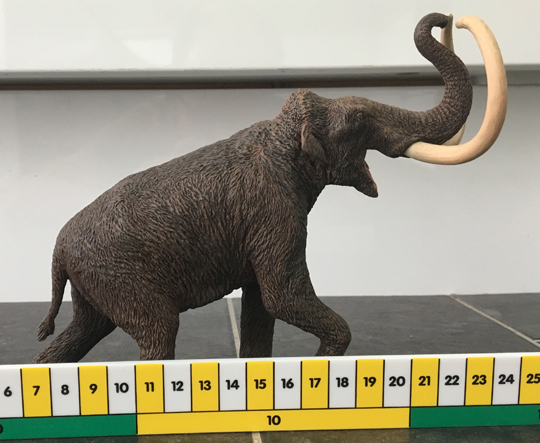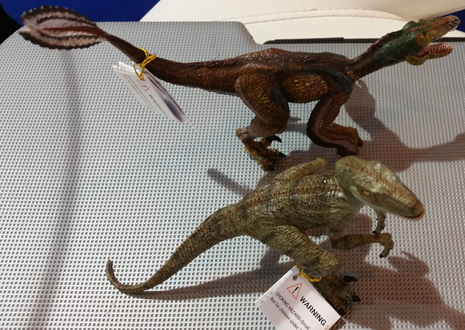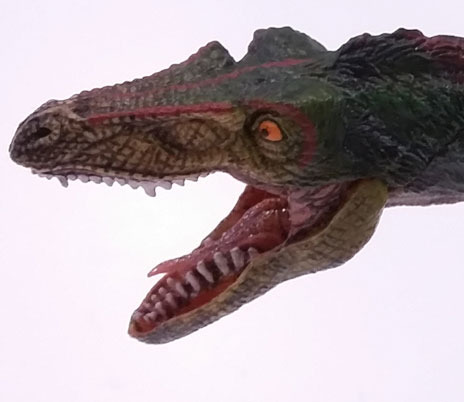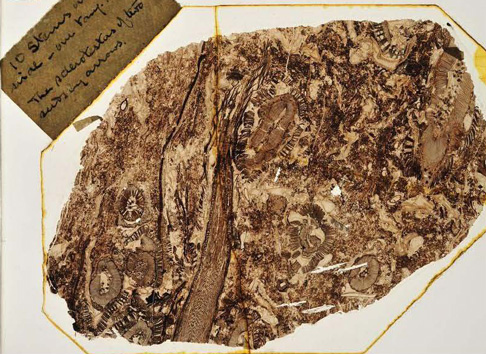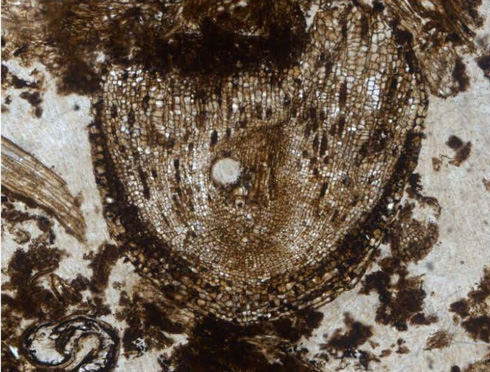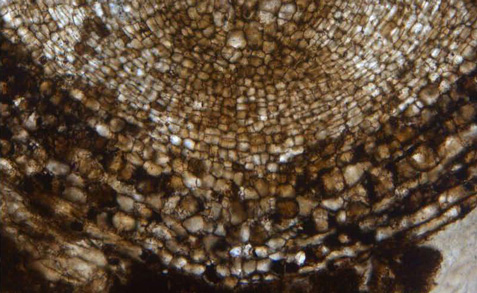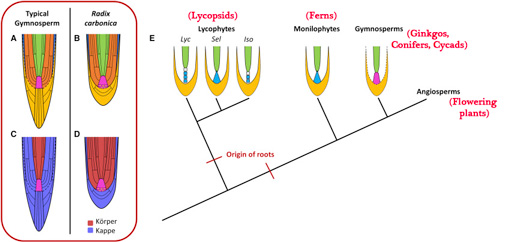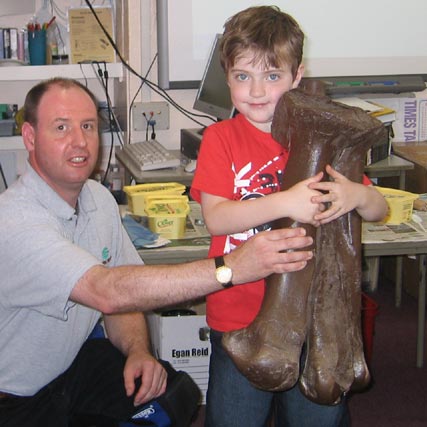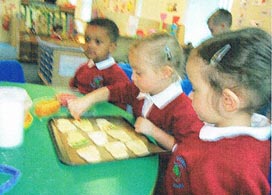Dinosaur Workshop in the Land of Dragons
Forden Church in Wales School Dinosaur Workshop
A trip into Wales for Everything Dinosaur this morning as one of the team members had been invited to visit Forden Church in Wales School to conduct dinosaur themed workshops with the Foundation children and a mixed class of Year 1 and Year 2. The children had prepared lots of questions and our fossil expert did his best to answer them all. The extra resources that he had brought with him went down well with the dedicated and enthusiastic teaching team, especially the dinosaur name pronunciation guide.
Setting Challenges
A number of challenges were set, with one special challenge for the mixed Year 3 and Year 4 class, could they compose a letter to Everything Dinosaur and if they did, could they think of a question that would stump our dinosaur experts?
Year 3 and Year 4 Children Wrote Letters to Everything Dinosaur
Picture credit: Everything Dinosaur
Dinosaur Footprints and Dinosaur Drawings
The children illustrated their letters with some wonderful prehistoric animal drawings. Ffion and Aimi drew dinosaur footprints and they both wanted to know about dinosaur teeth. Aimi asked do all types of dinosaurs have fierce teeth? Her query ties in with a question sent in by Matthew who enquired how many dinosaur herbivores were there? Ffion asked do all types of dinosaurs have special teeth? The mouths of dinosaurs were adapted to help them eat the food that the ate.
Some dinosaurs, such as most of the meat-eaters, had teeth that were sharp and fierce looking, whilst many of the herbivorous dinosaurs such as Triceratops had rows and rows of square and blocky shaped teeth, ideal for grinding up plants. Some dinosaurs did not have any teeth at all. About two-thirds of all the dinosaurs described so far were plant eaters.
Matthew Wanted to Know How Many Herbivorous Dinosaurs Were There?
Picture credit: Everything Dinosaur
In an email sent to Mrs Davies, one of the teachers, we were able to answer questions from Dan, Bethany and Nicky. Ryan had wanted to know what the name Tyrannosaurus rex means, we challenged the class to be “dinosaur detectives” and to conduct some research to find out for themselves.
How Many Pterodactyls Were There?
Wayne wanted to know how many Pterodactyls were there? This tied in with a question asked during one of our dinosaur workshops. The correct term for these flying reptiles is Pterosaurs and so far, something like 120 different types of Pterosaur have been named. The children were surprised to learn that the biggest Pterosaurs were taller than giraffes.
Prehistoric Animal Drawings from the Children
Picture credit: Everything Dinosaur
How Many Fossils Have We Found?
Ben asked about the number of fossils we had found. Everything Dinosaur team members are really lucky and they get to go on lots of fossil hunts. They have found thousands of fossils, some of which we keep and store in our warehouse so we can learn more about prehistoric life.
One Letter Featured Pachycephalosaurus and Apatosaurus
Picture credit: Everything Dinosaur
For models and replicas of prehistoric animals: Prehistoric Animal and Dinosaur Models.
Marine Reptiles in a Dinosaur Workshop
A number of letters featured drawings of marine reptiles. Harvey drew a green coloured marine reptile and asked when did the dinosaurs become extinct? This is a question that we will leave for the children to research, perhaps they can look at the evidence and come up with their own theory as to why the non-avian dinosaurs died out. The question why are dinosaurs called dinosaurs was also asked. The term dinosaur was first coined more than 150 years ago, to find out about the scientist responsible, check out this link here: Happy Birthday Sir Richard Owen.
When Did the Dinosaurs Live?
Picture credit: Everything Dinosaur
Zak asked when did the dinosaurs live? The timeline we provided along with the other extension resources should help Zak to answer this one. He also asked why are dinosaurs called reptiles? Dinosaurs make up part of a group of animals called reptiles, there are many different types of reptile living today. We sent a word game over to the school via email, can the children fill in the blanks and work out the names of reptiles alive today?
Dinosaur Workshop
Our thanks to all the children and their teachers at Forden Church in Wales School. We shall pin up these very colourful letters onto one of the walls in our office.
Visit Everything Dinosaur’s website: Everything Dinosaur.


